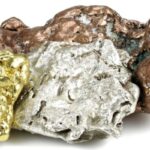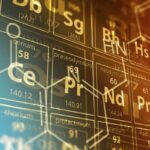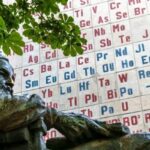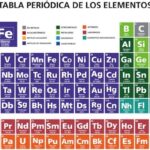We explain what non-metals are and some examples of these chemical elements. Also, their properties and what metals are.
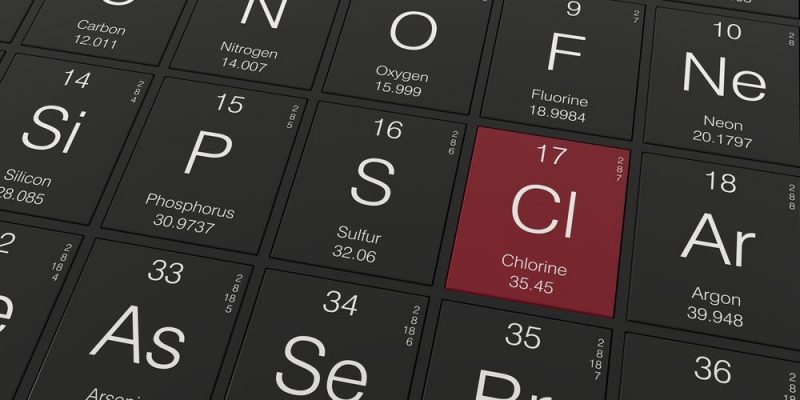
What are non-metals?
Non-metals are rare elements in the Periodic Table and are characterized by not being good conductors of heat or electricity. Its properties are very different from those of metals. On the other hand, they form covalent bonds to form molecules between them.
The essential elements for life are part of the non-metals (oxygen, carbon, hydrogen, nitrogen, phosphorus and sulfur). These non-metallic elements have very diverse properties and aspects: they can be solid, liquid or gaseous at room temperature.
See also: Inorganic compound
Examples of non-metals
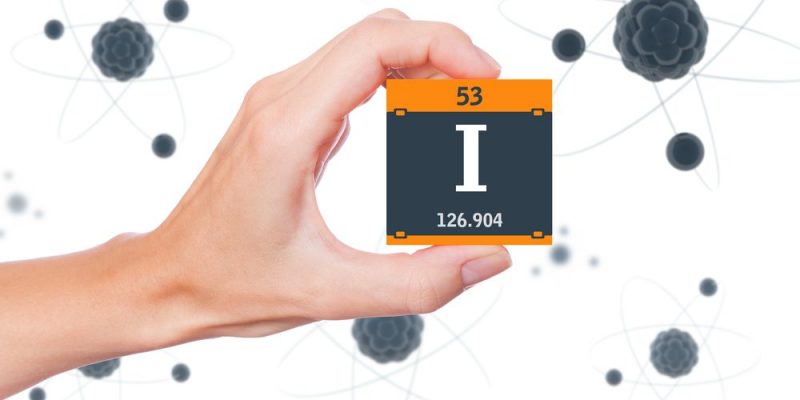
They are mainly classified as:
- Halogens. Fluorine (F), chlorine (Cl), bromine (Br), iodine (I), astatine (At) and tenese (Ts).
- noble gases. Helium (He), neon (Ne), argon (Ar), krypton (Kr), xenon (Xe), radon (Rn), oganeson (Og).
- Other non-metals. Hydrogen (H), carbon (C), sulfur (S), selenium (Se), nitrogen (N), oxygen (O), selenium (Se) and phosphorus (P).
Properties of nonmetals

Nonmetals are distinguished from metals in that:
- They are not usually good conductors of heat or electricity.
- They present various states of aggregation under normal conditions: solid (such as sulfur), gaseous (such as hydrogen) or liquid (such as bromine).
- They have very low melting points (compared to metals).
- They are not shiny and usually have different colors.
- They are neither ductile nor malleable.
- They always acquire a negative charge when ionized.
- When combined with oxygen they form anhydrides (non-metal oxides).
- They have 4, 5, 6, 7 or 8 electrons in their last shell (valence shell).
- They mostly form molecules of two or more atoms.
Metals
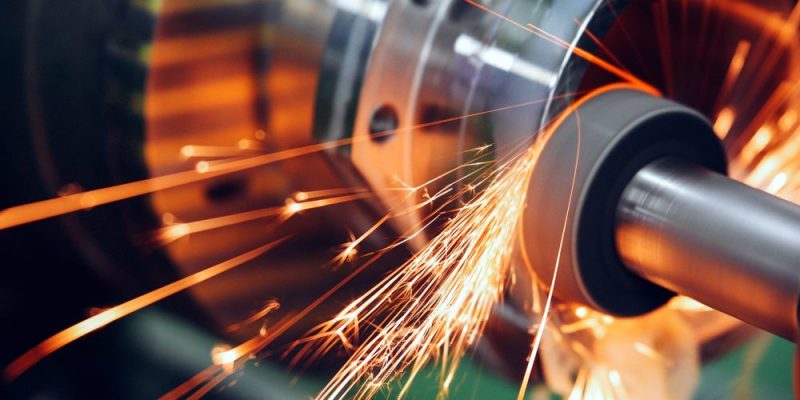
Metals or metallics are elements of the Periodic Table that are characterized by being good conductors of electricity and heat. They are elements with high densities and, in general, are solid at room temperature (except mercury). In addition, their ability to reflect light gives them a characteristic shine.
The metals They are the most numerous elements of the Periodic Table and some are part of the most abundant in the Earth's crust.
Metals have “metallic bonds”. In metallic bonds, metal atoms are located very close to each other and are all “immersed” in their valence electrons, forming the metallic structure. This occurs because the metal atoms are united in such a way that their atomic nuclei join together with the valence electrons (electrons located in the last electronic shell), which form a kind of cloud around them.
References
- “Metals and non-metals”. In Monographies.com.
- “Differences between metals and non-metals.” In The Infinite World.
- “Nonmetals” in Elements of the periodic table and their properties.
- “Non-metals.” On Wikipedia.

